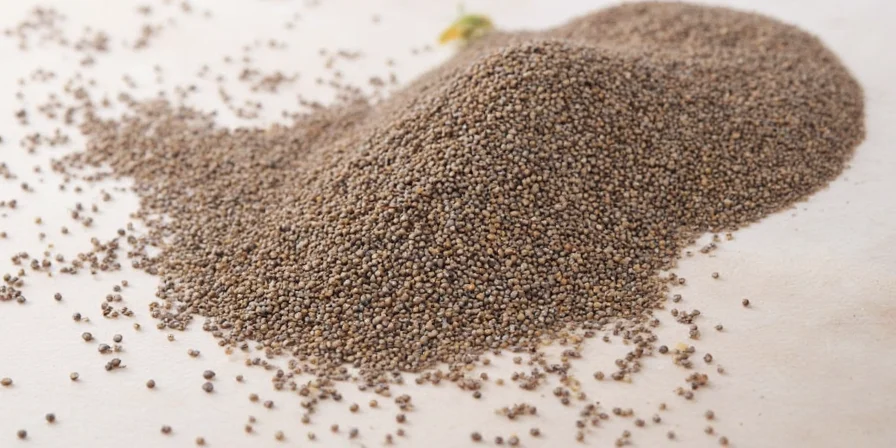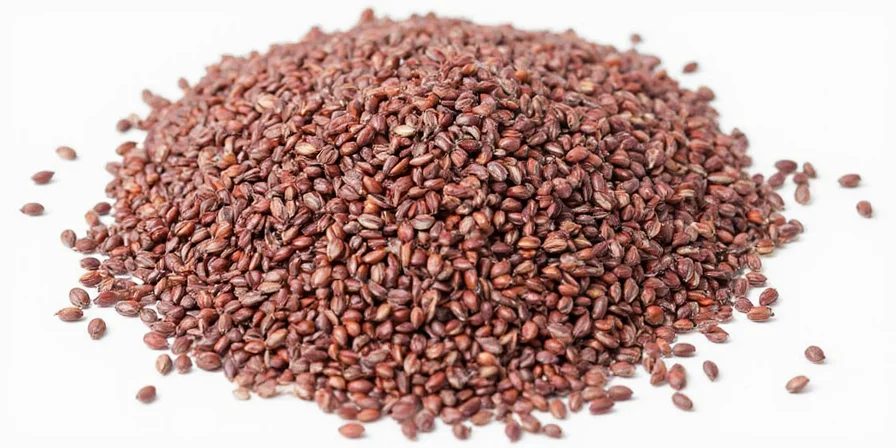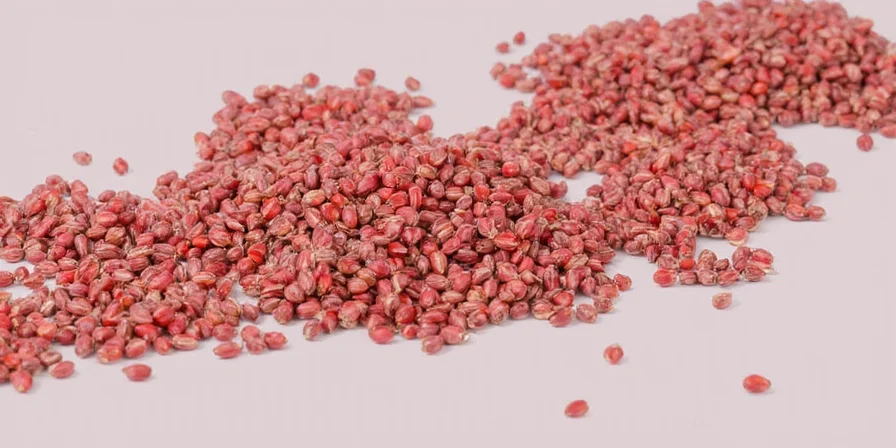A poppy seed measures approximately 1 millimeter in diameter—smaller than your pinky nail but packed with culinary potential. This precise measurement is critical for bakers and chefs who need to understand how this microscopic seed impacts texture, distribution, and flavor in recipes.
Table of Contents
- Why Poppy Seed Size Matters for Culinary Success
- Exact Measurements: Poppy Seeds vs. Common Objects
- The Science Behind Their Microscopic Power
- Pro Handling Techniques for Tiny Seeds
- Surprising Historical and Cultural Facts
- From Ancient Civilizations to Modern Kitchens
- Frequently Asked Questions
- Conclusion: Maximizing Impact from Microscopic Seeds
Why Poppy Seed Size Matters for Culinary Success
Understanding that poppy seeds average exactly 1mm in diameter transforms your baking results. This precise measurement determines how they distribute in batters, adhere to dough surfaces, and interact with other ingredients. For professional-quality results, knowing their microscopic scale prevents common issues like uneven distribution or sinking in baked goods.

Exact Measurements: Poppy Seeds vs. Common Objects
Visualize their minuscule scale through these precise comparisons:
| Object | Average Size (Diameter) | Relative Comparison to Poppy Seed |
|---|---|---|
| Poppy Seed | 0.9-1.1 mm | Standard reference point |
| Grain of Fine Sand | 0.5-2 mm | Comparable but often larger |
| Sesame Seed | 3-4 mm | 3-4 times larger |
| Mini Chocolate Chip | 5 mm | 5 times larger |
| Dime (U.S. Coin) | 17.9 mm | 18 times wider |

The Science Behind Their Microscopic Power
Despite their 1mm dimensions, poppy seeds deliver disproportionate culinary impact:
- Nutritional Density: Packed with calcium (1,460mg per 100g), magnesium, and iron despite tiny size
- Oil Content: 45-50% oil by weight creates luxurious mouthfeel in sauces and fillings
- Optimal Buoyancy: Their specific size prevents sinking in batters unlike larger seeds
- Flavor Concentration: Toasting releases complex nutty compounds comparable to much larger seeds
- Texture Precision: Provides subtle crunch without overwhelming delicate pastries

Pro Handling Techniques for Tiny Seeds
Overcome size-related challenges with these science-backed methods:
- Measurement Precision: Use digital scales for accuracy—1 teaspoon contains approximately 1,000 poppy seeds
- Toast Before Use: Heat in dry skillet 60-90 seconds to intensify flavor and reduce scattering
- Moisten Before Application: Brush dough with egg wash or milk for optimal adhesion
- Storage Protocol: Refrigerate in airtight containers (max 6 months) or freeze (up to 1 year)
- Baking Temperature: Use 325°F/160°C max to preserve delicate oils during cooking

Surprising Historical and Cultural Facts
Revealing how this microscopic seed shaped civilizations:
- Ancient Evidence: Poppy seed remnants found in Swiss lake dwellings dating to 4000 BCE (University of Basel archaeobotany studies)
- Egyptian Significance: Discovered in Tutankhamun's tomb as both food offering and medicinal component
- Color Variations: Blue (most common culinary), white (milder flavor), and gray (stronger nuttiness) varieties
- Drug Testing Reality: Consuming 1-2 poppy seed rolls typically won't trigger standard drug tests (per Mayo Clinic studies)
- Global Usage: Essential in 50+ cuisines from German Mohnkuchen to Indian korma sauces

From Ancient Civilizations to Modern Kitchens
Despite measuring just 1mm, poppy seeds have shaped culinary traditions for 6,000 years. Ancient Sumerians called them "joy plants" for their mood-enhancing properties. Today, their microscopic scale remains critical: Austrian bakers rely on their precise size for Mohnstrudel filling distribution, while Indian chefs use their buoyancy properties in korma sauces. This enduring culinary relevance demonstrates how physical dimensions directly impact functional performance in cooking.

Frequently Asked Questions
How big is a poppy seed exactly?
Poppy seeds measure 0.9-1.1 millimeters in diameter, making them among the smallest edible seeds used in cooking. This precise measurement ensures even distribution in batters without sinking.
Can eating poppy seeds cause failed drug tests?
Normal culinary consumption (1-2 rolls or cakes) rarely triggers positive results on standard drug screenings. Only extremely sensitive tests after consuming large quantities (multiple bagels plus seeds) might detect trace compounds, according to Mayo Clinic research.
Why don't poppy seeds sink in cake batter?
Their 1mm size creates optimal buoyancy in mixtures—small enough to be suspended by batter viscosity but large enough to provide texture. This physical property prevents the sinking common with larger seeds like sesame or chia.
How should I store poppy seeds to maintain freshness?
Due to their 50% oil content, store in airtight containers in the refrigerator for up to 6 months or freezer for up to 1 year. Room temperature storage risks rancidity within 3 months. Check for bitter smell to detect spoilage.
Conclusion: Maximizing Impact from Microscopic Seeds
Understanding that poppy seeds measure precisely 0.9-1.1 millimeters transforms how you use them in the kitchen. This microscopic dimension isn't arbitrary—it's the secret to their culinary superpowers. Their specific size ensures even distribution in batters, optimal surface adhesion on baked goods, and perfect textural contrast without overwhelming other ingredients. For professional-quality results, respect these tiny powerhouses by toasting before use, storing properly, and measuring precisely. Remember: in baking, the smallest details create the most significant differences. Mastering poppy seed's 1mm scale unlocks texture perfection that elevates every dish they touch.












 浙公网安备
33010002000092号
浙公网安备
33010002000092号 浙B2-20120091-4
浙B2-20120091-4